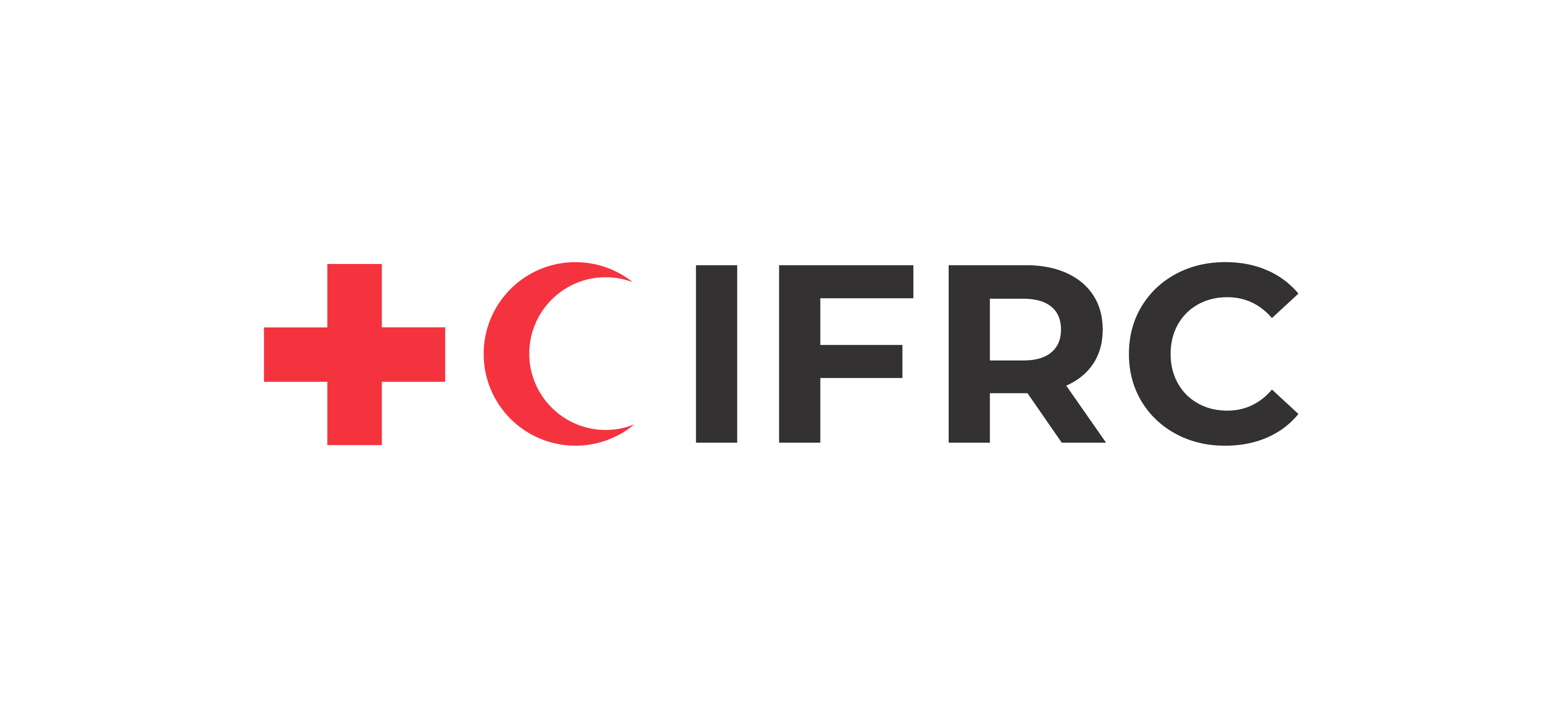A step-by-step guide to conducting secondary source review

What is it?
A review of secondary sources means collecting information that already exists, usually in the form of written reports, documents or data from other organizations, local government authorities and social institutions. This exercise enables you to gain an overall picture of the community.
The secondary sources should not be restricted to documents only about the community itself but should include all external sources of information that may be useful to the EVCA. This may include risk maps and information on climate change and changes in land use that may affect river runoff, infrastructure plans, maps of a river basin, etc.
Use it to…
Learn how to do a review of secondary sources
© International Federation of the Red Cross and Red Crescent Societies 2018